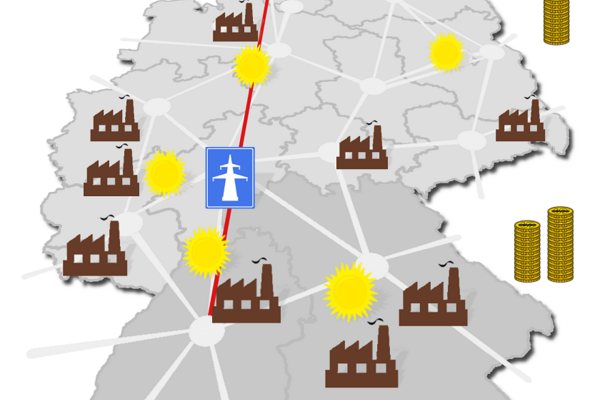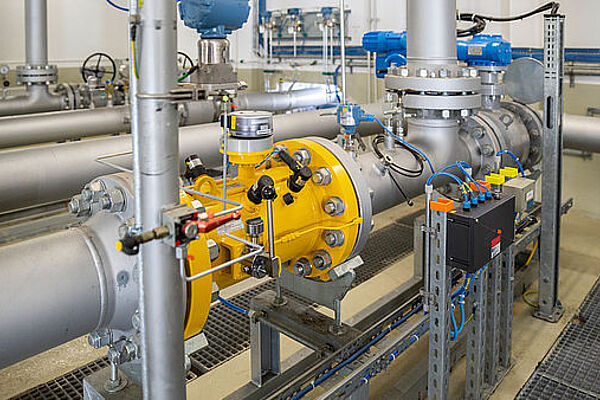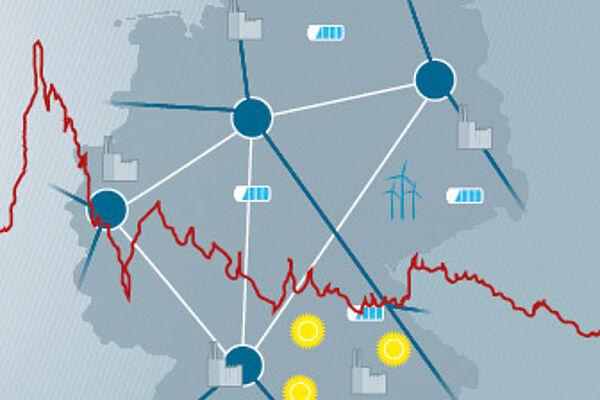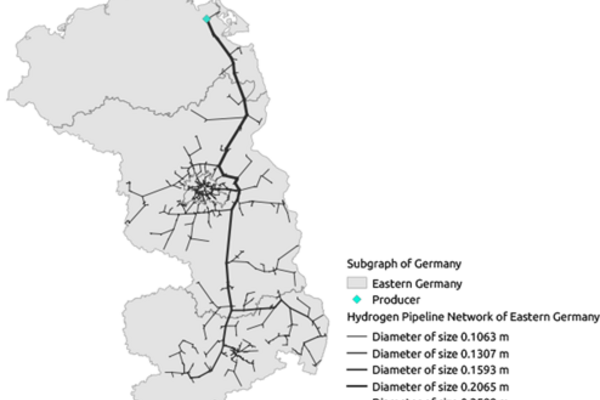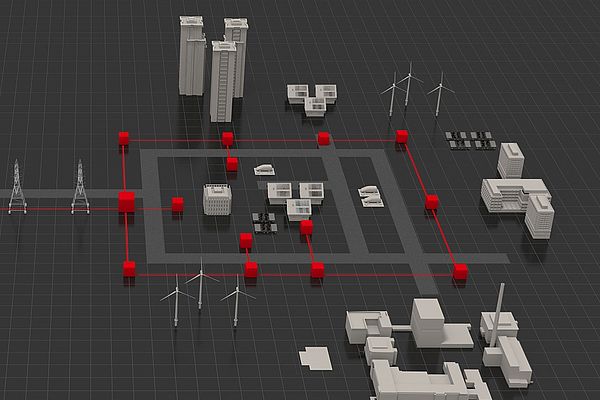Auction design for renewable energies
In this project we examine how different auction formats affect feed-in premiums and the regional distribution of awarded power plant projects, as well as which of those allow a targeted expansion of generation capacity. We therefore analyze various multi-object auction designs in numerical simulations in order to identify the most welfare-optimal auction regime with regards to feed-in premiums, proximity to demand centers as well as complexity and practicability.
Which auction formats allow a targeted expansion of generation capacity?
Which auction format is welfare-optimal with regards to feed-in premium, proximity to demand centres as well as complexity and practicability?
Based on field data, we analyse various multi-object auction designs in numerical simulations. We calculate the outcome on both national and regional level for German onshore wind auctions using different scale economies.
Using the current status-quo as a benchmark, we compare the results to identify the auction regime providing the most welfare-optimal distribution of power generation capacities and feed-in prices.
We find that especially regional auctions allow for a targeted expansion of generation capacities and can thus lead to a superior allocation of wind capacities that are more concentrated in the South and closer to the main demand centres.
Based on this, we can provide valuable suggestions to improve the German auction regime.
Prof. Dr. Martin Bichler (TU München)
Paul Sutterer (TU München)


